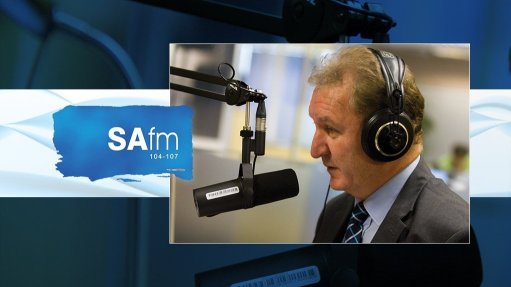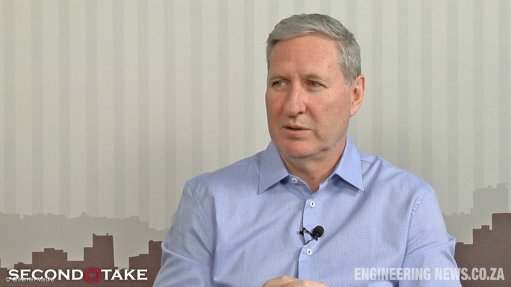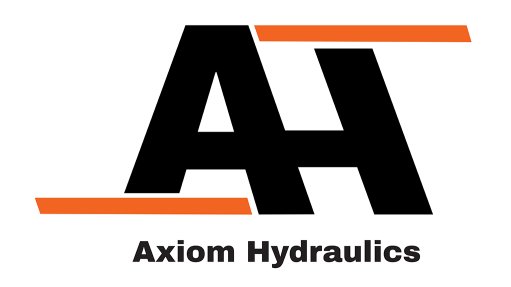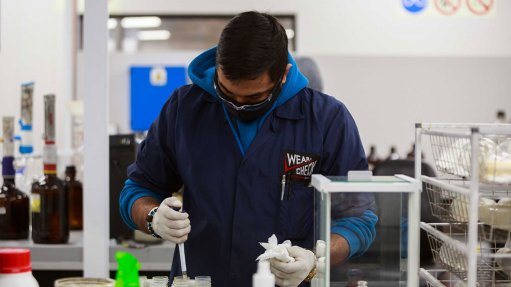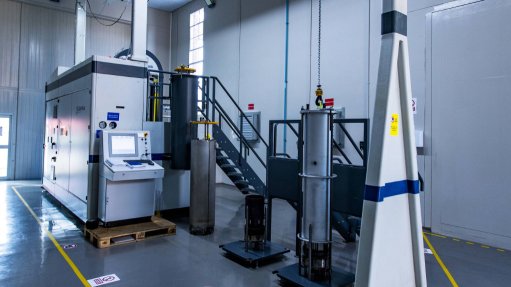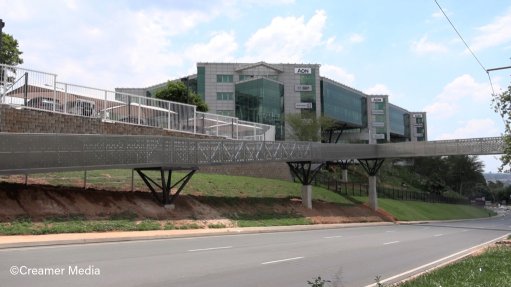Beware dumping as Trump builds tariff wall; tariff impact to be felt in the US first – Naacam
The immediate impact of a raft of new import tariffs on direct component exports from South Africa to the US is most likely to be felt there first, rather than here, says National Association of Automotive Component and Allied Manufacturers (Naacam) executive director Renai Moothilal.
“It can take 12 to 15 months for US importers to change their supply of components.
“This means that, at least in the short-term, the US will need to absorb the price increase, ultimately causing inflation there.”
From a vehicle export perspective, however, there may likely be a more immediate impact here in South Africa, notes Moothilal.
“This will be determined by the original-equipment manufacturers (vehicle manufacturers, or OEMs) on whether they will continue exporting to the US from South Africa, and if US consumers are willing to pay more for the specific vehicles coming out of South Africa, or any other destination, given the widespread global application of tariffs.”
In the long term, however, if the US market remains inaccessible, the South African auto sector can expect to see a loss of local production volumes for some OEMs and component suppliers that were previously exporting to the US, says Moothilal.
“This will harm employment and investment, and impact the competitiveness of the sector, which is heavily dependent on the economies of scale generated through a combination of domestic demand and export production.
“The US’s African Growth and Opportunity Act (Agoa) and other preferential trade arrangements have been one of several motivating factors for investment in the South African automotive industry over the last two decades, so with these US tariffs overriding Agoa benefits, this will negatively impact future investment decisions.
“The extent of the long-term impact will be determined by the ability of the US to build the necessary capacity domestically to source all components it is now tariffing,” adds Moothilal.
Last year South Africa exported R24-billion in vehicles to the US, and R4.3-billion in components.
Auto component trade between South Africa and the US is not a one-way street, however, with the US at a trade surplus. Last year, R16-billion of auto components were imported into South Africa from the US.
“For context, after Germany, the US is South Africa’s second largest component export destination,” explains Moothilal.
He believes there are a number of mechanisms that could cushion the impact of increased US tariffs on the local automotive sector.
“The first is to try and establish a mutually beneficial bilateral relation with the US to reduce the current tariff burden and maintain the US as a key trade partner.
“Secondly, we must actively assess alternative markets for our products to maintain current production volumes.
“A third consideration is the protection for our own domestic market. Most countries around the world are currently looking for alternative markets to replace the US. This poses a risk of increased product dumping and South Africa should be cognisant of this.”
The New York Times reported this week that European leaders are fearing the arrival of a flood of cheap goods from China that could undermine its local industry as the Asian giant races to seek alternative markets for its manufactured goods in the midst of US president Donald Trump building his tariff wall.
Moothilal adds that the trade crisis is also an opportune time to tweak automotive industrial policies such as the South African government’s Automotive Production and Development Programme “to be even greater in terms of incentivising higher localisation rates by domestic OEMs”.
“With an average of less than 40% of components being produced in South Africa for the basket of vehicles produced here, there are so many opportunities to increase that percentage.
“Component manufacturers ultimately require OEM volumes, irrespective of market,” says Moothilal.
“Just a 5% upward move in the South-Africa based OEMs’ rate of localisation would result in more than R25-billion worth of increased component production – that’s more than five times the value of components being exported to the US.”
Article Enquiry
Email Article
Save Article
Feedback
To advertise email advertising@creamermedia.co.za or click here
Comments
Announcements
What's On
Subscribe to improve your user experience...
Option 1 (equivalent of R125 a month):
Receive a weekly copy of Creamer Media's Engineering News & Mining Weekly magazine
(print copy for those in South Africa and e-magazine for those outside of South Africa)
Receive daily email newsletters
Access to full search results
Access archive of magazine back copies
Access to Projects in Progress
Access to ONE Research Report of your choice in PDF format
Option 2 (equivalent of R375 a month):
All benefits from Option 1
PLUS
Access to Creamer Media's Research Channel Africa for ALL Research Reports, in PDF format, on various industrial and mining sectors
including Electricity; Water; Energy Transition; Hydrogen; Roads, Rail and Ports; Coal; Gold; Platinum; Battery Metals; etc.
Already a subscriber?
Forgotten your password?
Receive weekly copy of Creamer Media's Engineering News & Mining Weekly magazine (print copy for those in South Africa and e-magazine for those outside of South Africa)
➕
Recieve daily email newsletters
➕
Access to full search results
➕
Access archive of magazine back copies
➕
Access to Projects in Progress
➕
Access to ONE Research Report of your choice in PDF format
RESEARCH CHANNEL AFRICA
R4500 (equivalent of R375 a month)
SUBSCRIBEAll benefits from Option 1
➕
Access to Creamer Media's Research Channel Africa for ALL Research Reports on various industrial and mining sectors, in PDF format, including on:
Electricity
➕
Water
➕
Energy Transition
➕
Hydrogen
➕
Roads, Rail and Ports
➕
Coal
➕
Gold
➕
Platinum
➕
Battery Metals
➕
etc.
Receive all benefits from Option 1 or Option 2 delivered to numerous people at your company
➕
Multiple User names and Passwords for simultaneous log-ins
➕
Intranet integration access to all in your organisation









